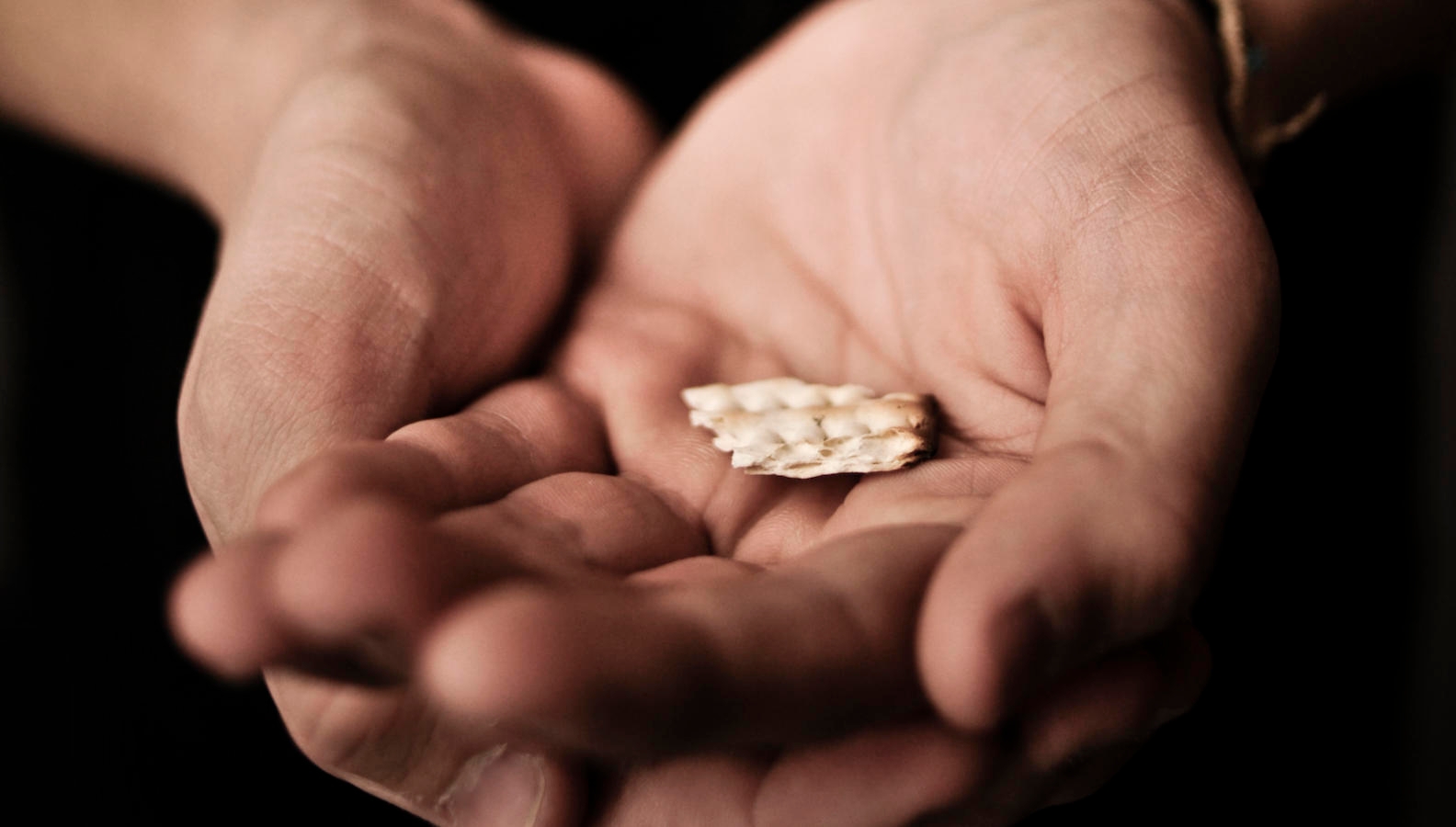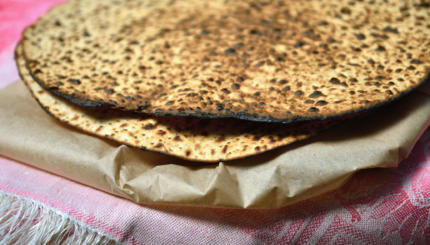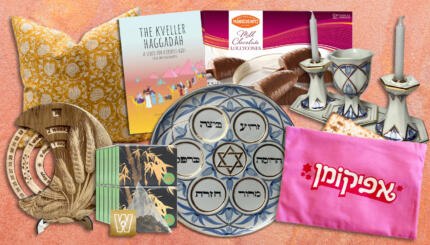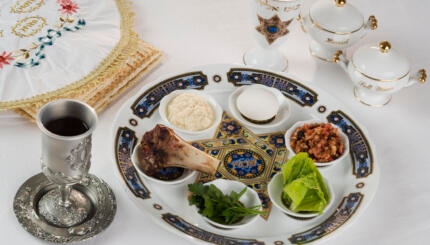One of the core messages of the Passover seder is v’higad’ta l’vin’chah — you shall teach your children the central narrative of our people, that we were slaves in Egypt and now we are free. Yet many of us are confounded by the question of how to keep not only our children, but all guests, young and old, engaged at the Passover seder.
We have many tools at our disposal — most notably the many ritual foods that can be used as props. Consider the opening section of the Maggid section, the main storytelling portion of the seder. It begins with the words Ha Lachma Anya — this is the bread of affliction. In English, the portion reads as follows:
This is the bread of affliction that our ancestors ate in the land of Egypt. Anyone who is hungry should come and eat, anyone who is in need should come and partake of the Pesach sacrifice. Now we are here, next year we will be in the land of Israel; this year we are slaves, next year we will be free people.
This text is not only a springboard for analysis of the seder’s core message, but an opportunity for hands-on engagement — and even playfulness.
To begin, there is a custom to chant Ha Lachma Anya while standing by an open door, symbolically inviting all who are hungry to come and join the seder meal. There are obvious limitations to this practice, including safety, convenience or the embarrassment of creating a disingenuous vibe (You’re just inviting dinner guests now!?!).
With your help, My Jewish Learning can provide endless opportunities for learning, connection and discovery.
Perhaps there was a time when this was a reasonable way to invite strangers into the home. But this aspect of the seder can still be fulfilled by preparing in advance and actually inviting folks to the seder who can’t afford to make their own or have no where else to go.
To take this idea a step further, one can connect with this feature of the seder by contributing to causes that fight slavery, hunger, homelessness or any of the many other modern social “plagues.” Asking participants in advance to bring literature about organizations they support that do work around these issues can inspire a dialogue while working toward a more perfected society. Creating space to share one another’s commitments and concerns helps to make our core values known and heard. As the Talmud states, matzah is called lechem oni because it is bread over which we answer [onim] many things. Pesachim 115b
Ha Lachma Anya is also one of the moments where the matzah plays a starring role. As the paragraph is recited, it is customary to lift up the matzah, drawing attention to the physical representation of slavery and freedom.
For the last number of years, our family has leveraged this moment to make a tangible statement about freedom by building a matzah wall to represent the ills of society — the walls that prevent us from becoming truly free. The guidelines are simple, but the outcome is powerful. Each participant shares one idea about what prevents true freedom and then takes a piece of matzah to add to the wall of impediments. The end result is that everyone has been brought into the conversation about enslavement and freedom.
As Rabbi Abraham Joshua Heschel observed: “The opposite of freedom is not determinism, but hardness of heart. Freedom presupposes openness of heart, of mind, of eye and ear.”
We owe it to each other, especially on seder night, to open our eyes and ears to the plight of humanity, to elevate the status of those who are suffering and create a shared commitment to not harden our own hearts against those in need.
Walls at a seder table may not be ideal, so the next part of the ritual is equally important. Everyone shares an idea for improvement and then helps to break down the matzah construction. The result can be messy, but it also adds levity and cheer that is also part of the seder experience. The main idea is to engage in a relevant and playful manner so that everyone’s ideas, whether about our social impediments or pathways to freedom, are heard.
The Haggadah tells us that in every generation, we must see ourselves as if we personally came out of Egypt. By sharing our concerns, we also shed light on our own human story. The enslavement of our time links us to the Exodus narrative as well as to all enslaved people in every generation.
As Heschel taught: “In a free society, some are guilty, but all are responsible.”
On seder night, we narrate our own story and take responsibility for helping to create a free society.
Rabbi Danielle Upbin teaches widely on Jewish spirituality, meditation and yoga. She is also the associate rabbi and prayer leader at Congregation Beth Shalom in Clearwater, Florida. Her musical release, “Reveal the Light,” is available on Amazon, iTunes, and Spotify or through her website, danielleupbin.com.
Haggadah
Pronounced: huh-GAH-duh or hah-gah-DAH, Origin: Hebrew, literally "telling" or "recounting." A Haggadah is a book that is used to tell the story of the Exodus at the Passover seder. There are many versions available ranging from very traditional to nontraditional, and you can also make your own.
seder
Pronounced: SAY-der, Origin: Hebrew, literally "order"; usually used to describe the ceremonial meal and telling of the Passover story on the first two nights of Passover. (In Israel, Jews have a seder only on the first night of Passover.)



